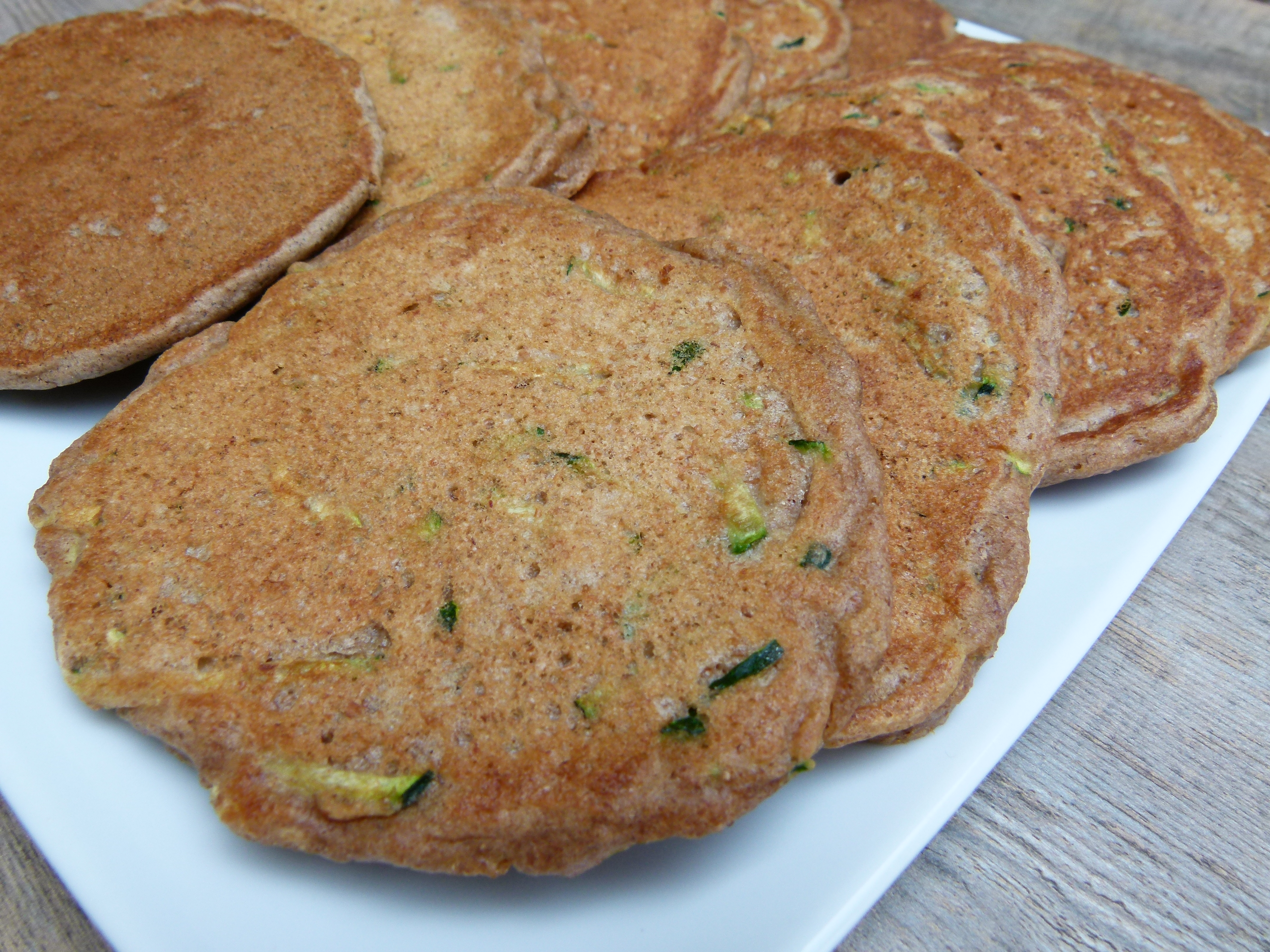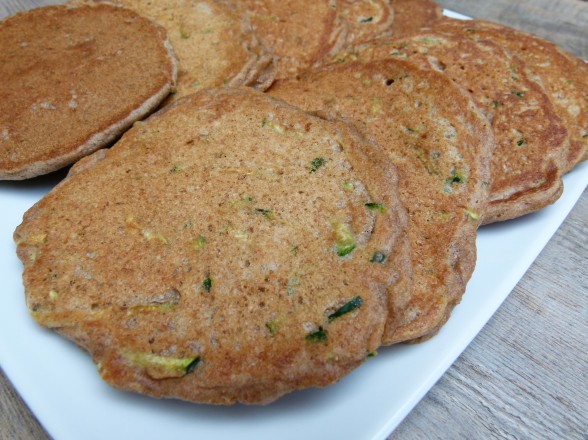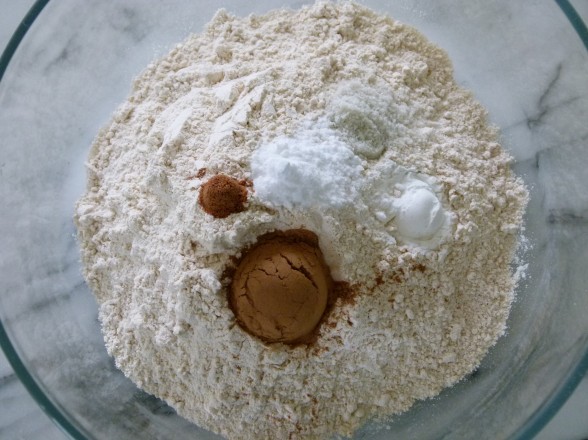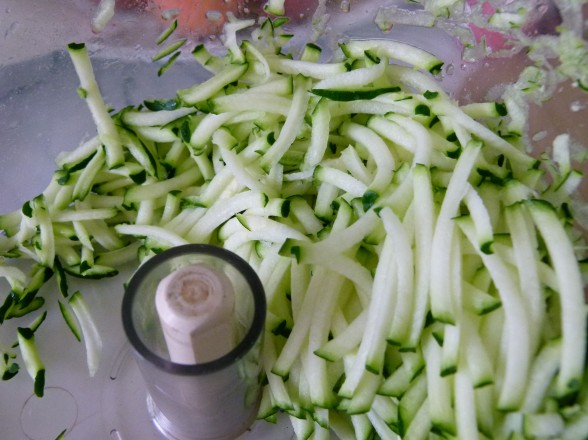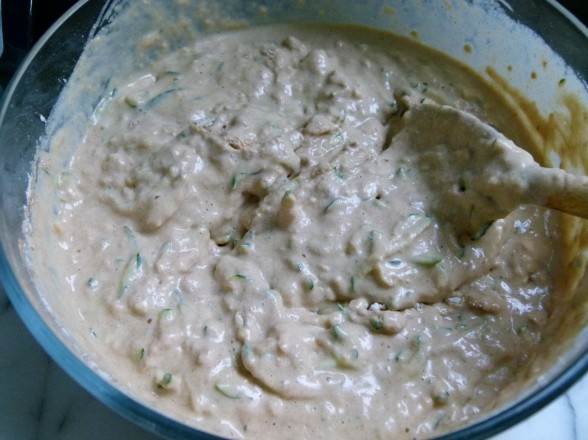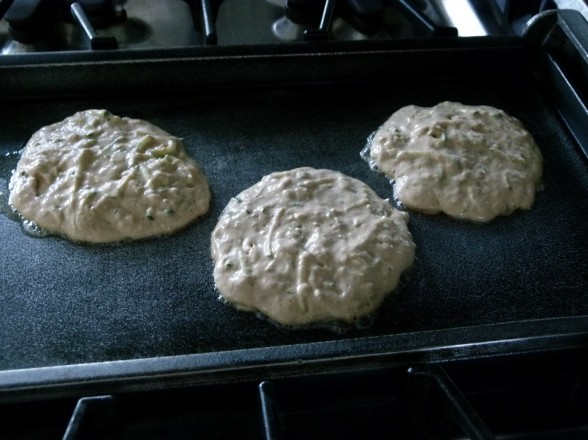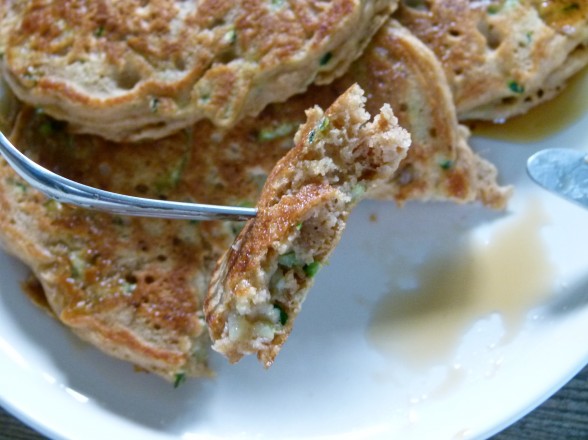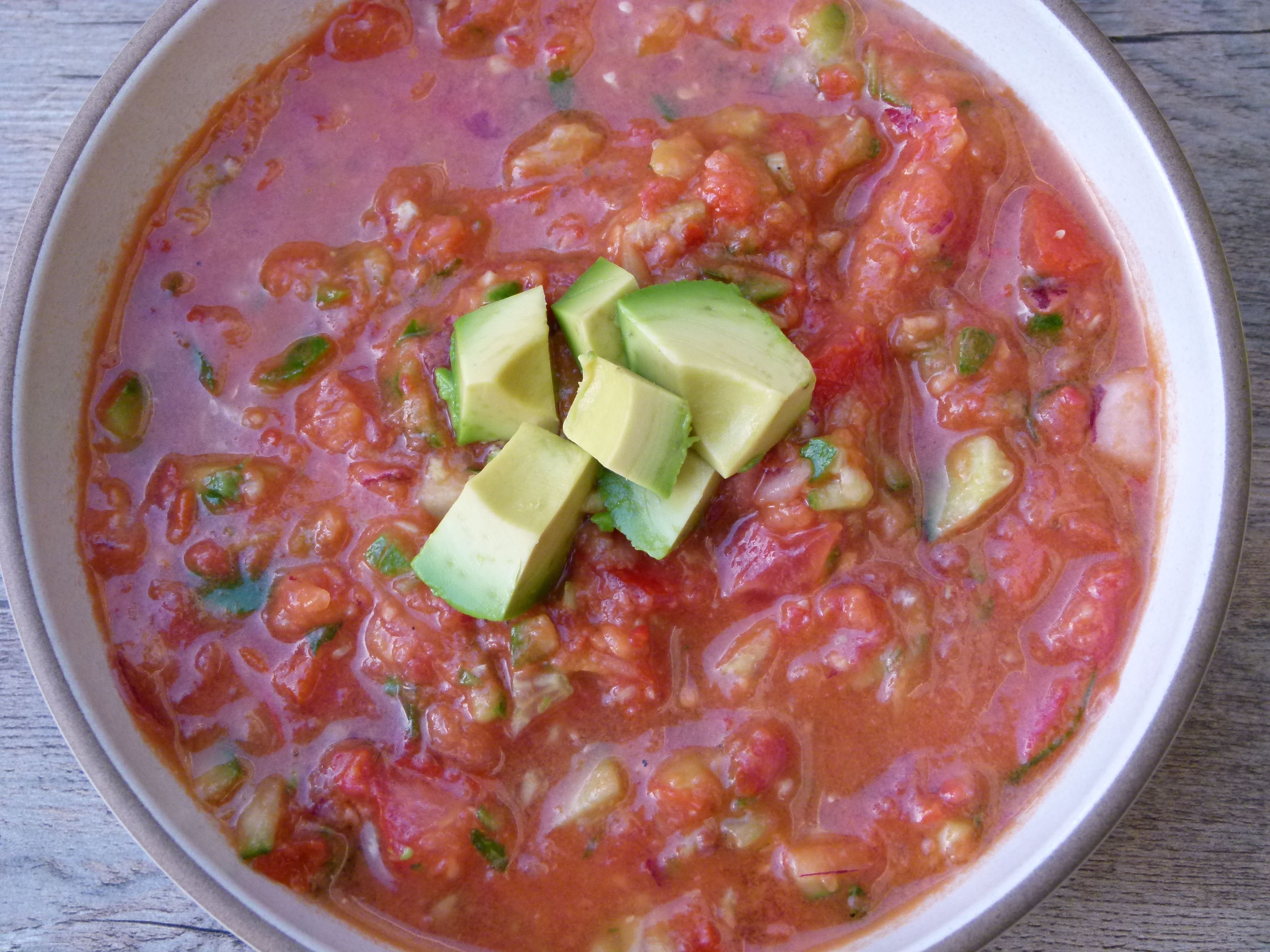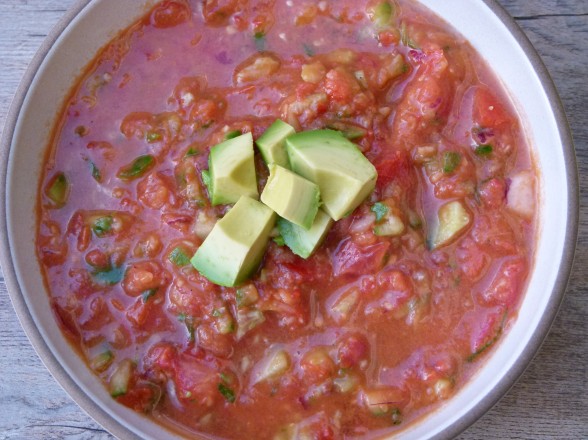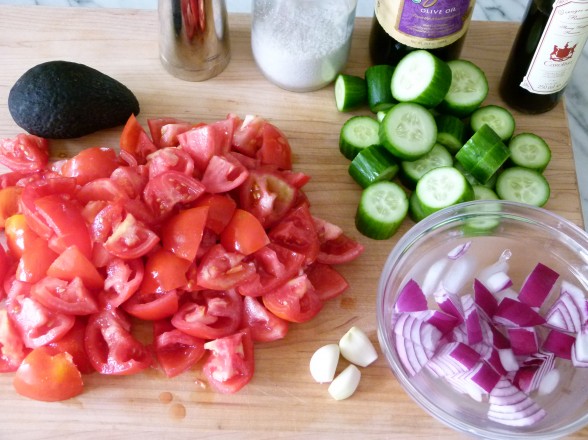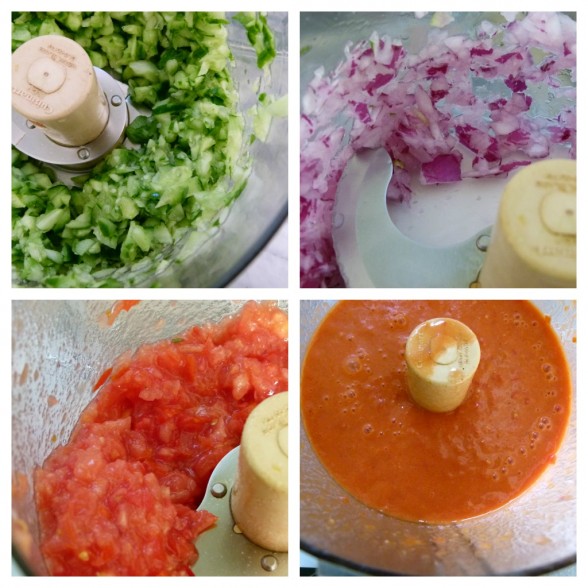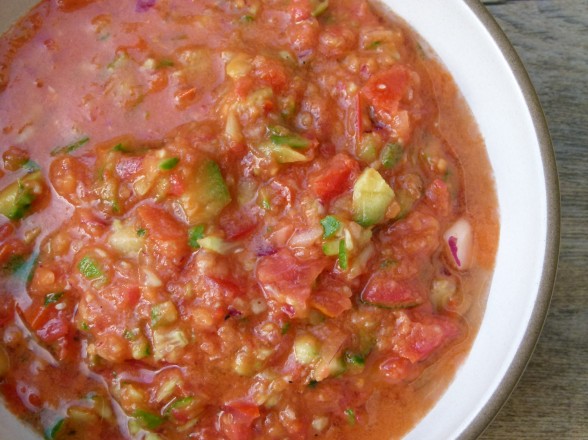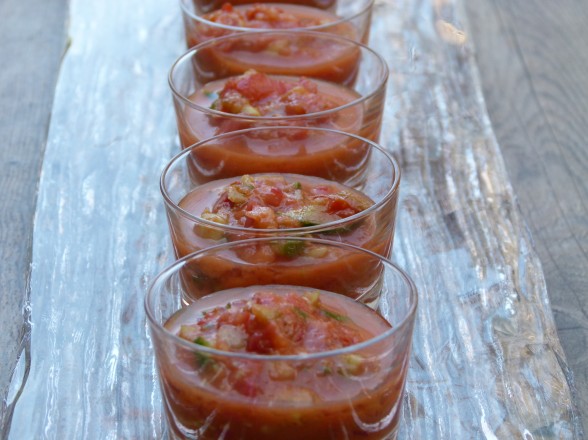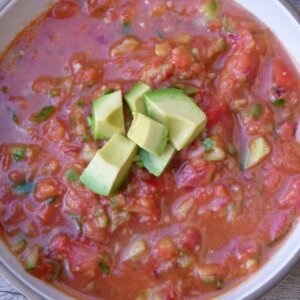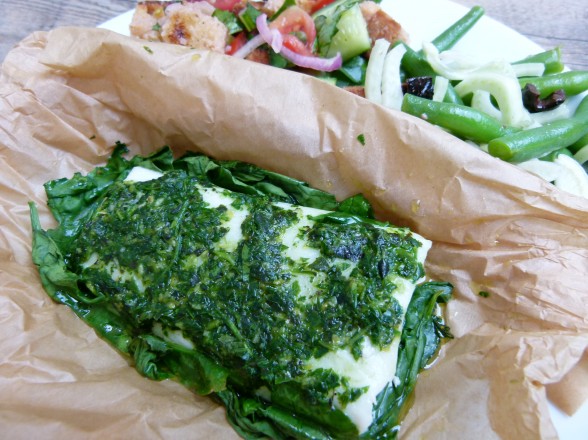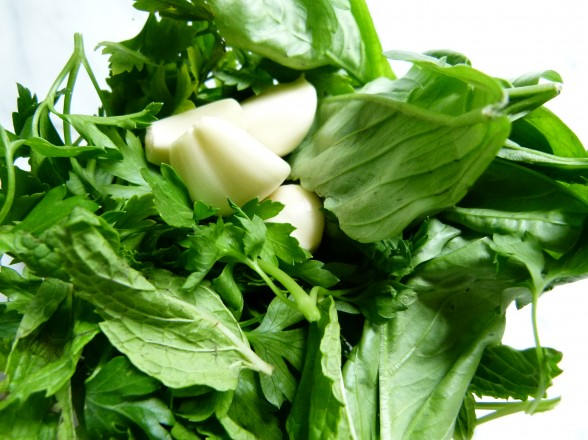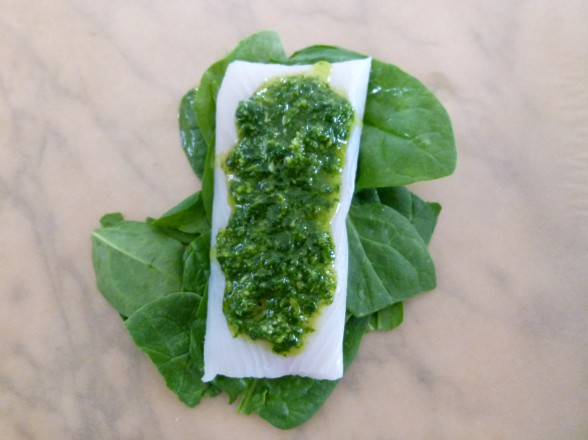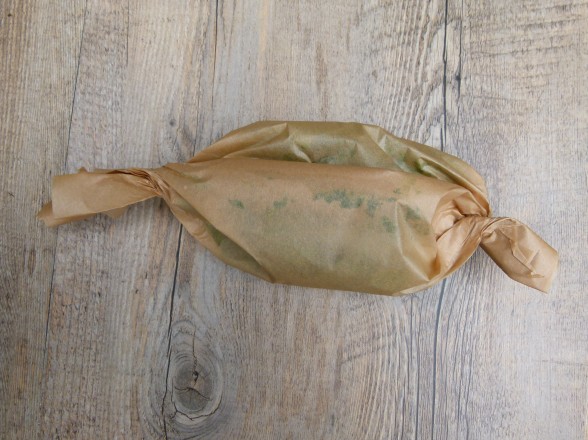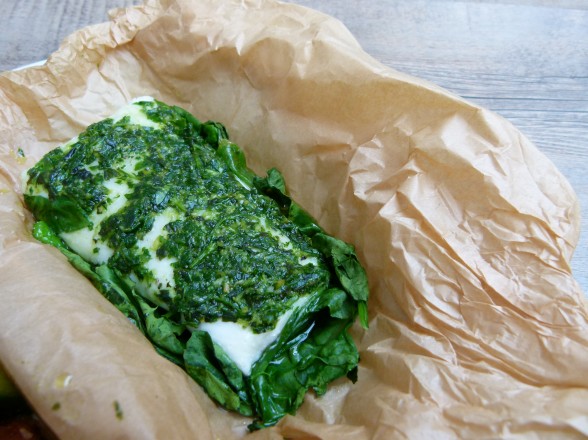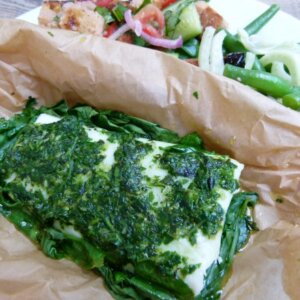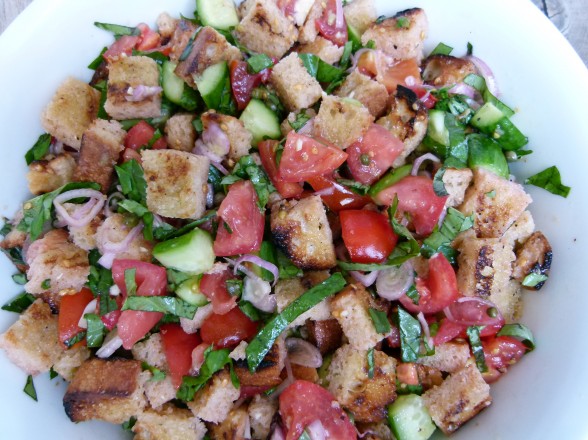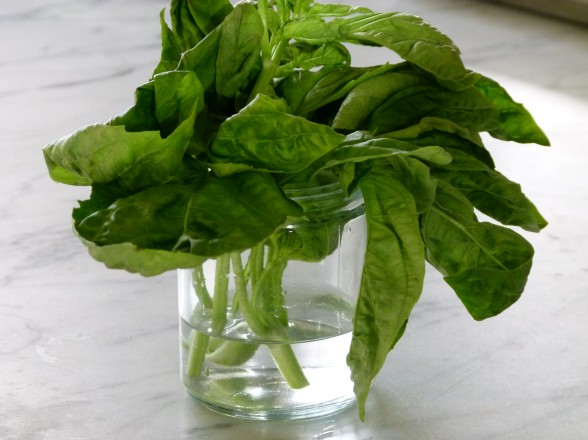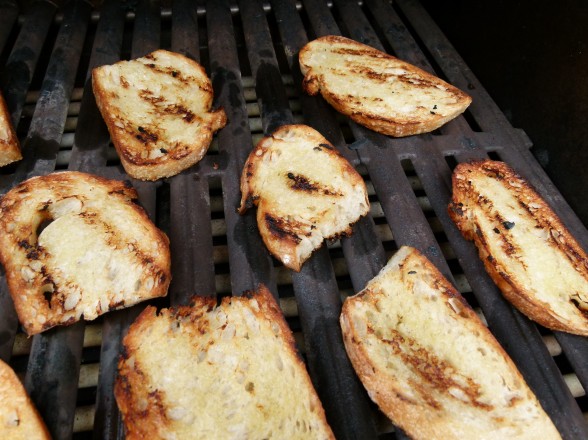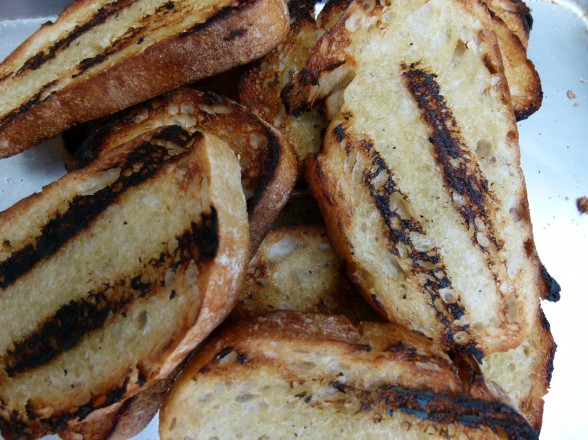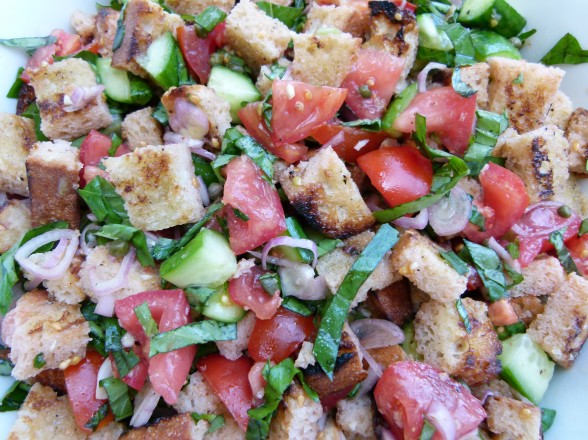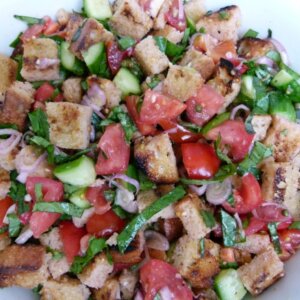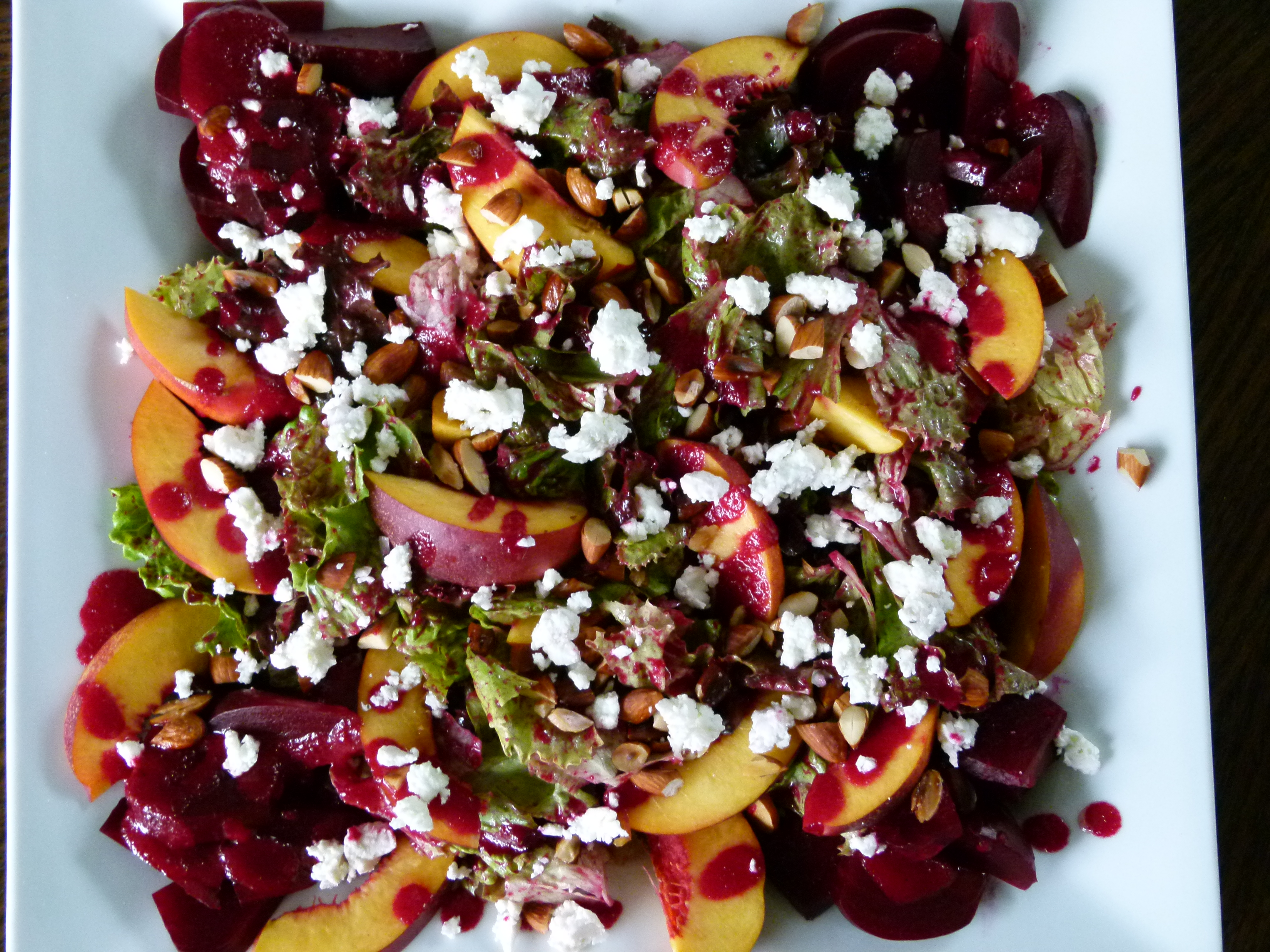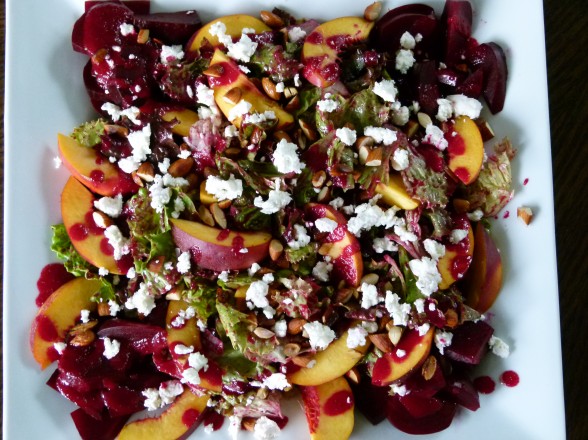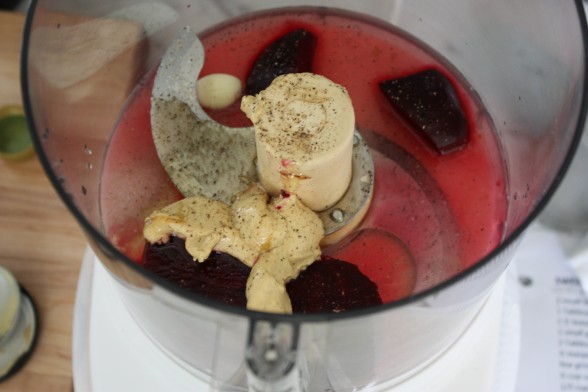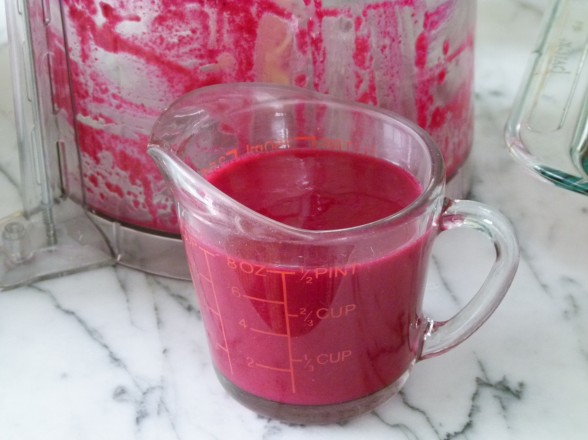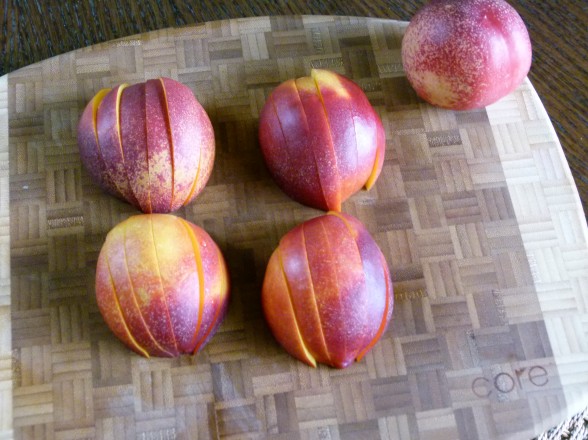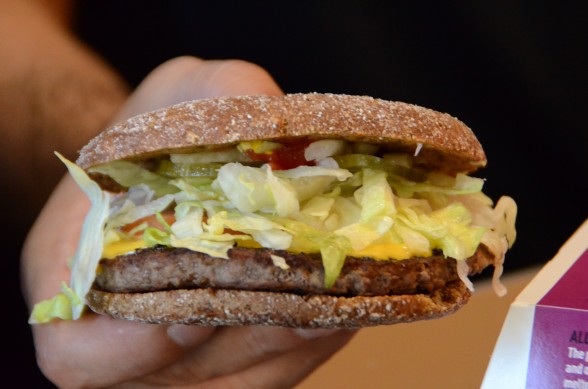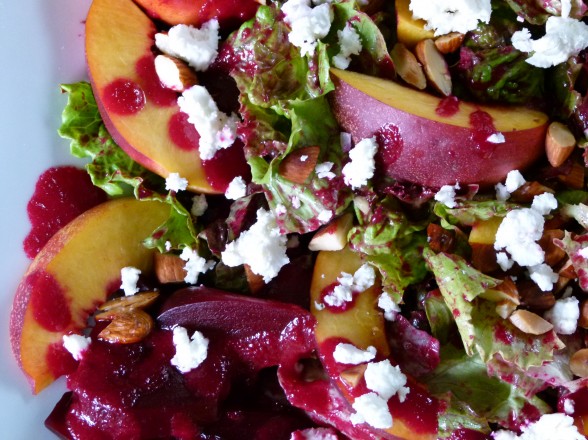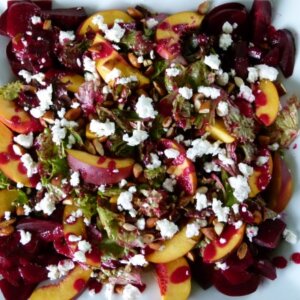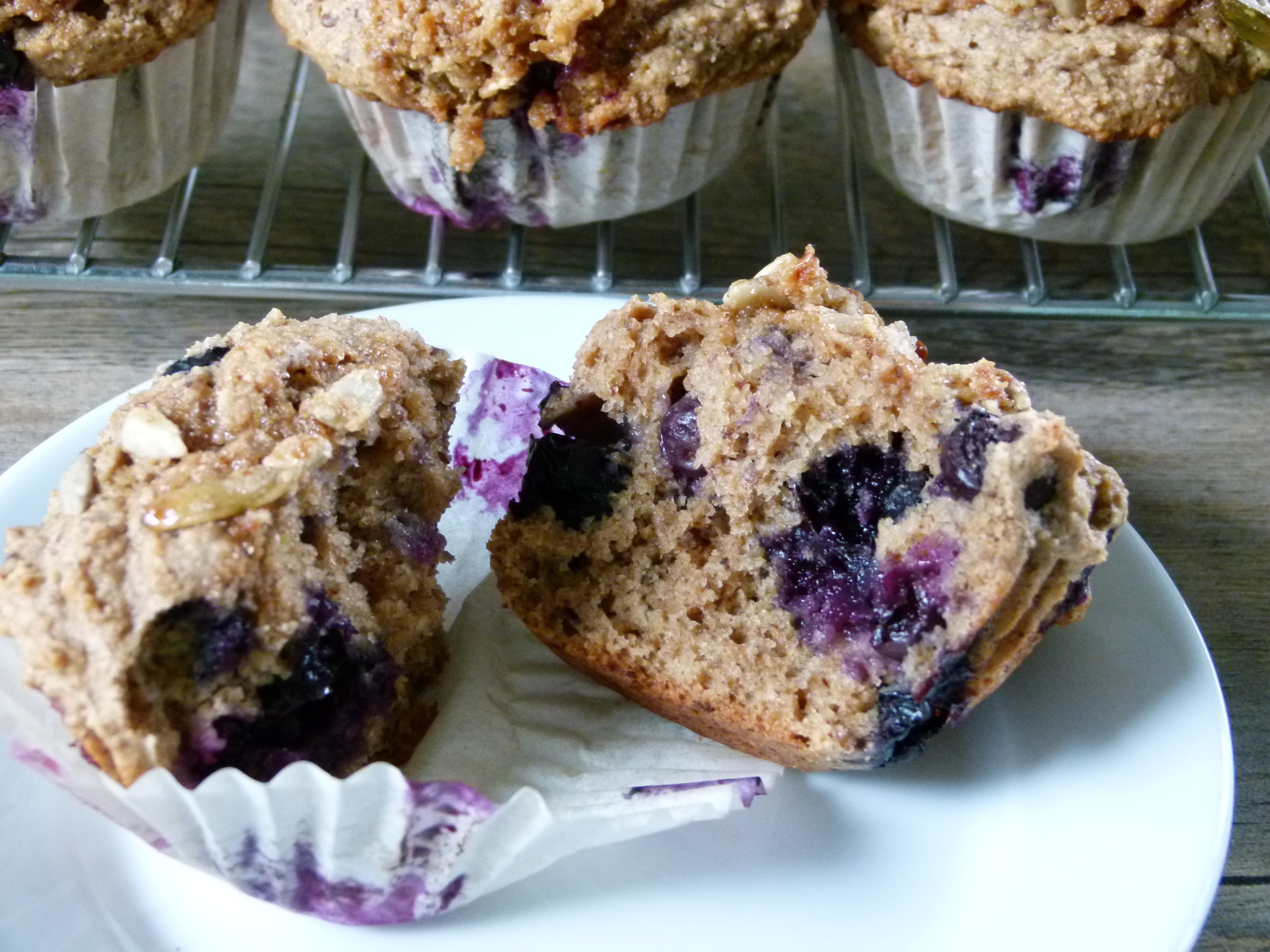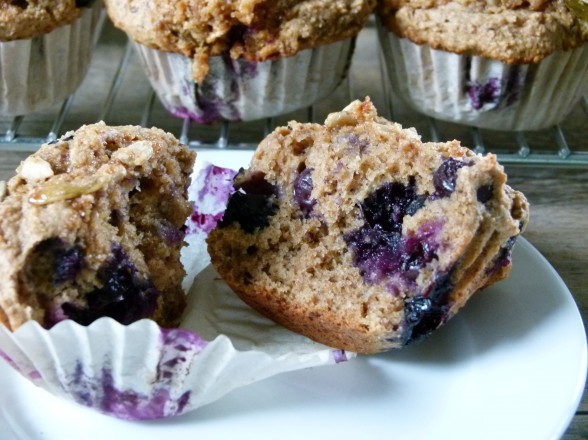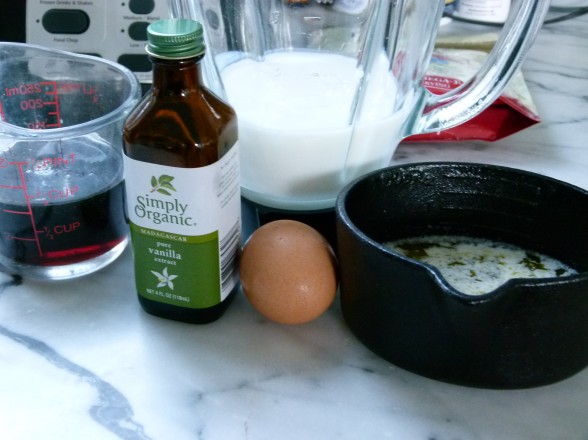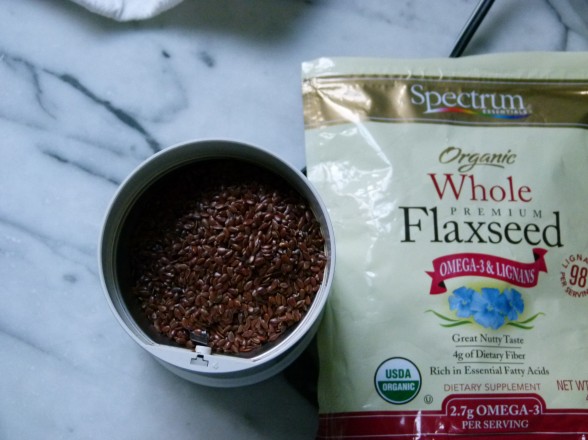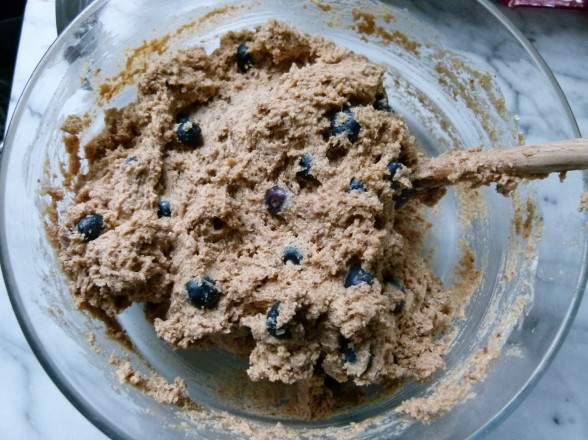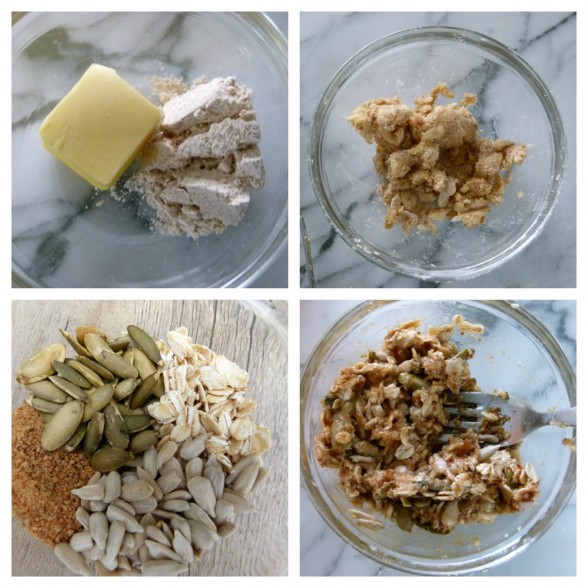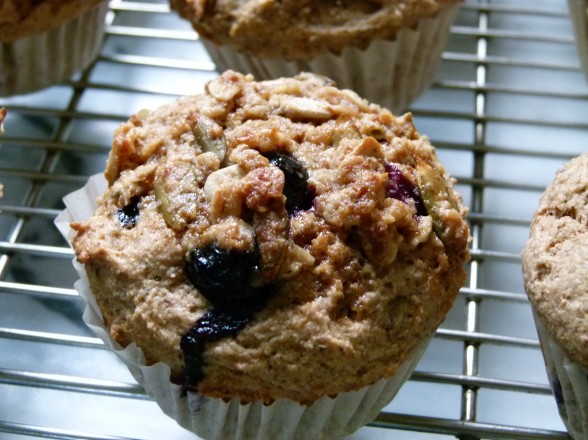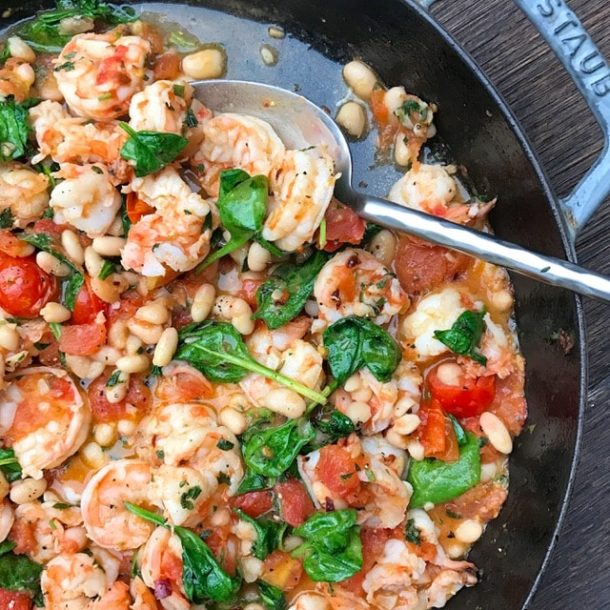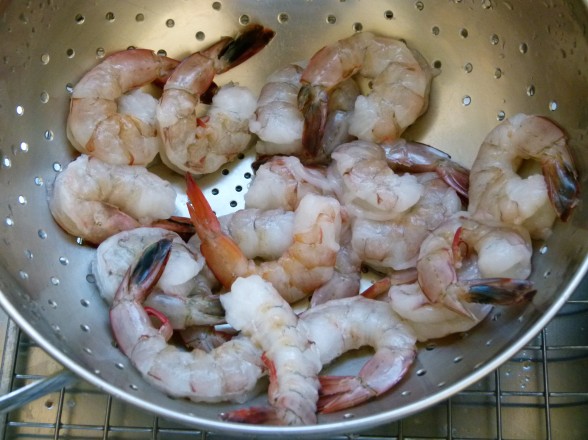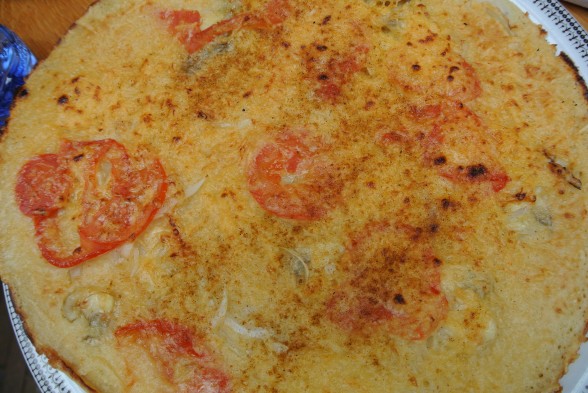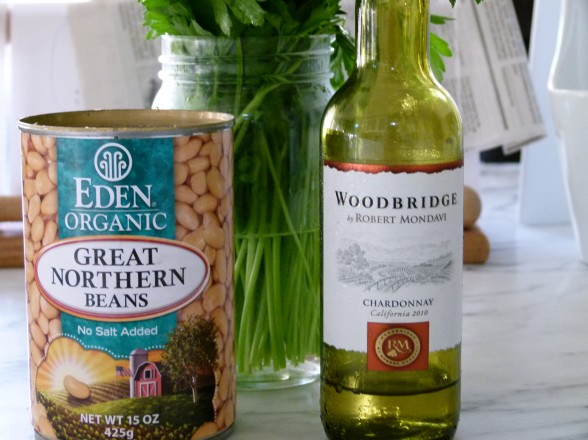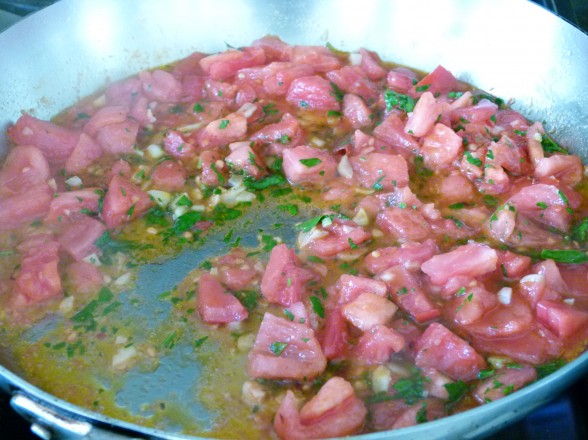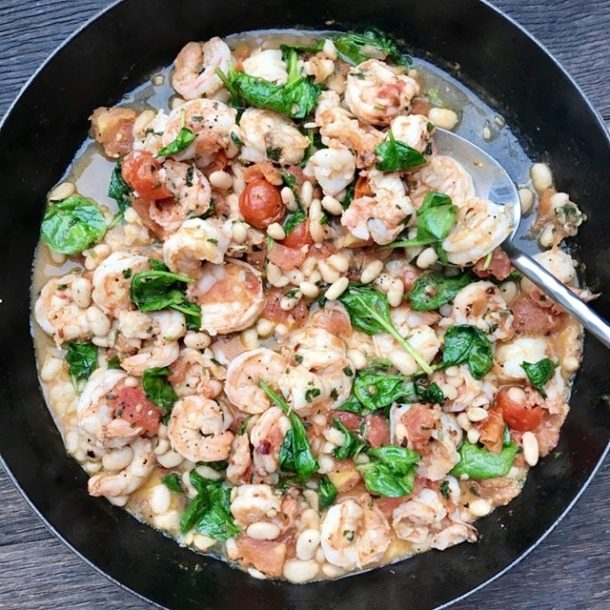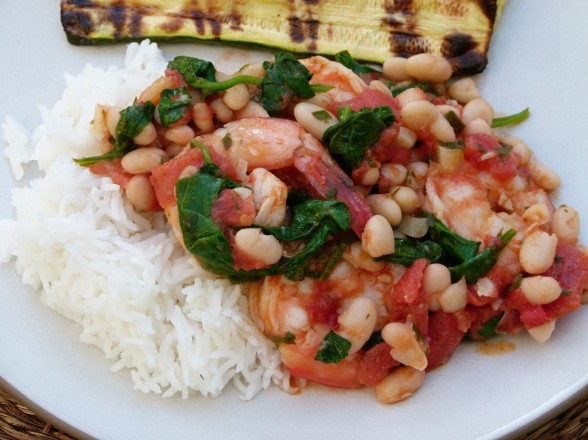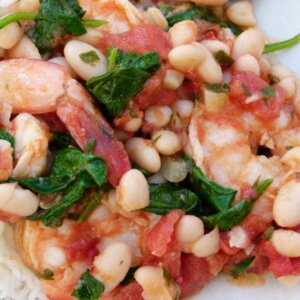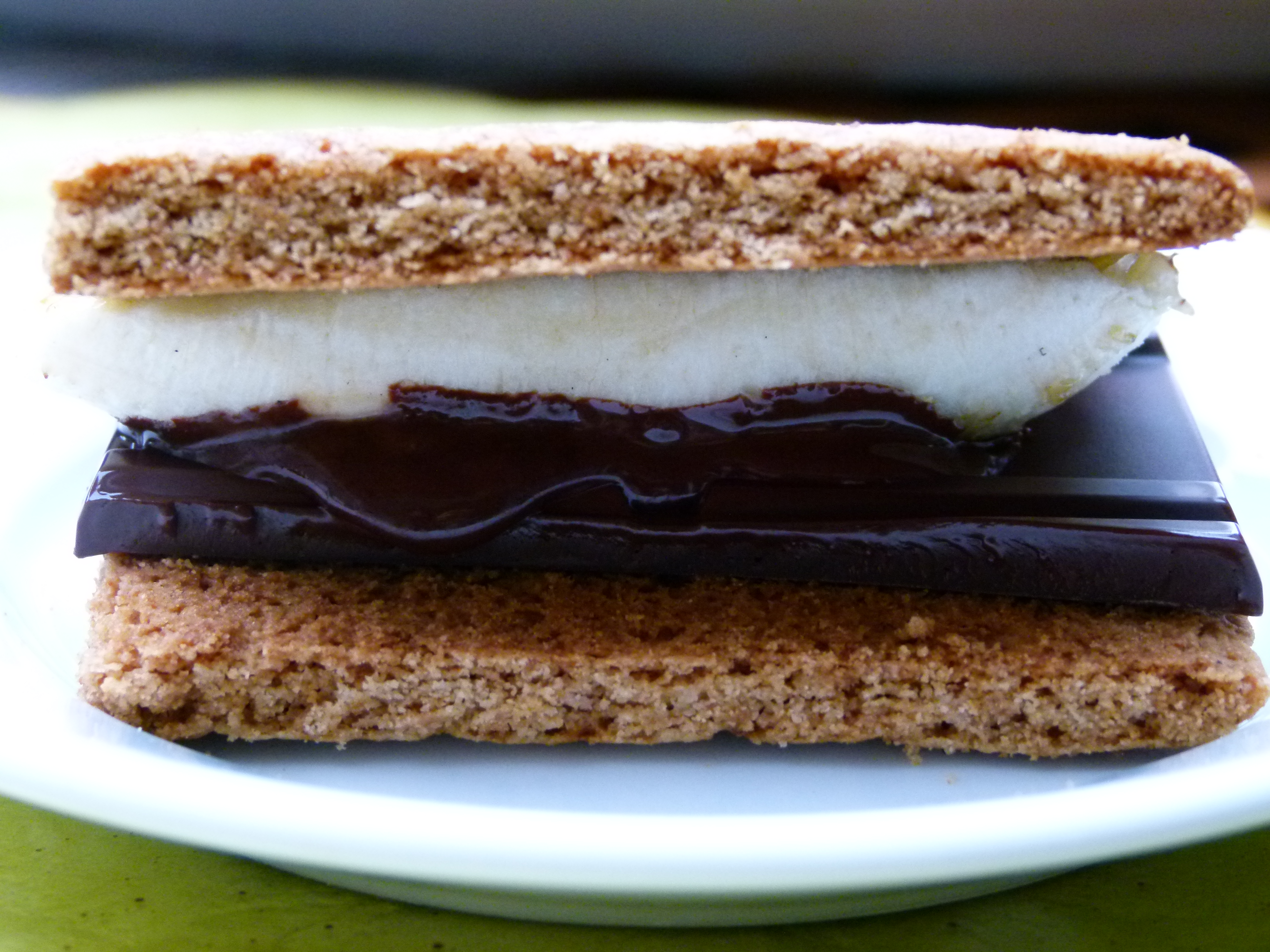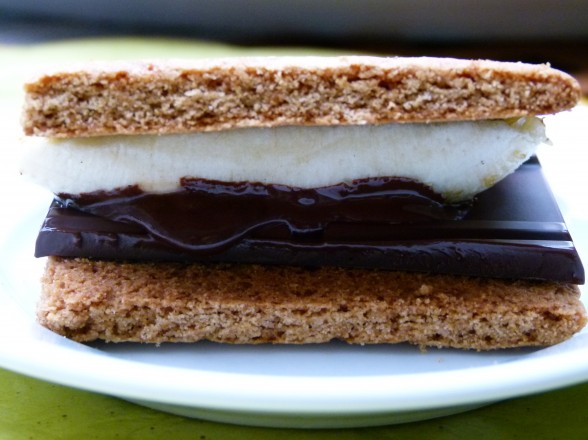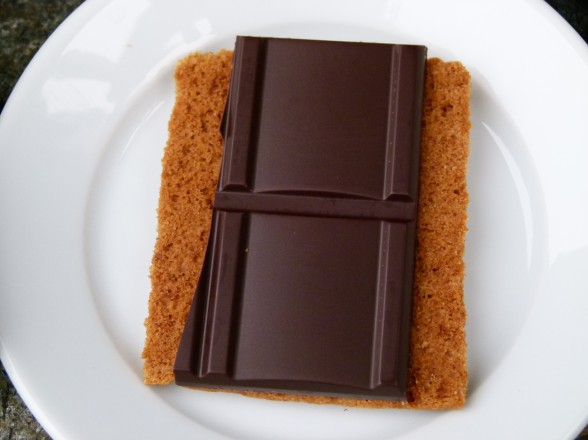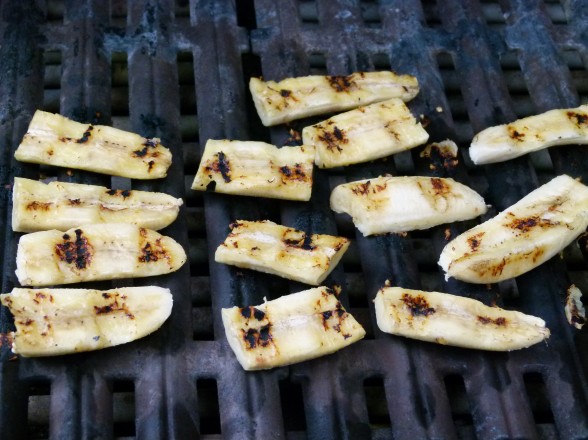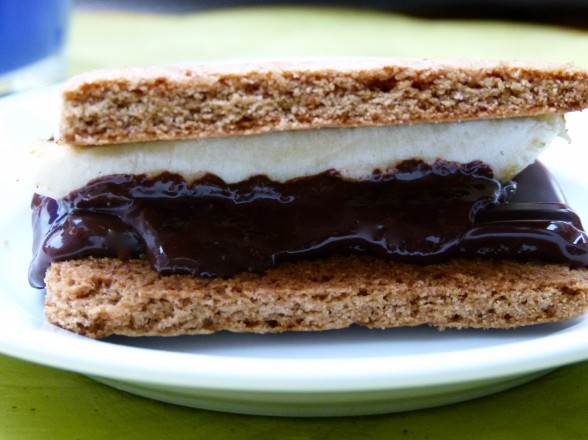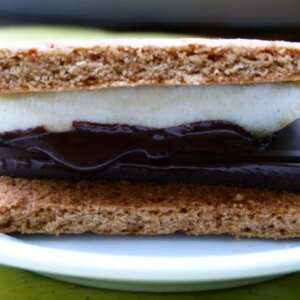Zucchini bread pancakes recipe
A few years ago, someone suggested I teach a class with a breakfast menu. At first I didn’t think it was such a good idea because breakfast seems kind of easy, at least too easy to be taught in a cooking class. In our house the rotations is oatmeal or muesli, scrambled eggs, smoothies, yogurt and granola, pancakes and leftovers from last night’s dinner. But the more I thought about it, I realized there was a nice variety of fun, delicious and healthful recipes I could share. Because I do believe breakfast is nutritionally the most important meal of the day, especially for children, I knew these recipes needed to provide sustenance, long-lasting energy and stable blood sugar. My first breakfast class was a great success and I have continued the tradition every June (arbitrary selection of month) since then.
I tend to follow a similar formula each June based on what my family and I love to eat for breakfast, both on the weekdays and weekend. I always teach a smoothie, muffin, egg-based dish and a pancake recipe. When I was growing up, pancakes were for Saturday mornings when Mom had time and no one was rushing off to work or school. I too love lingering over a plate of pancakes on the weekends, but by making the batter the night before and teaching my older girls how to cook their own, we enjoy them on a school mornings, as well. If you’re thinking it’s a little boring to eat plain old pancakes twice a week, I would agree with you! We add lots of different things to our pancakes while they’re cooking and the kids each seem to have their own favorite combo, such as fresh raspberries and mini-chocolate chips or diced banana and pecans.
But for my breakfast classes, I needed to debut more than just buttermilk pancakes with a different fruit each time. I’ve posted most of my favorites by now, including oatmeal pancakes and pumpkin pancakes. Both are really delicious! After seeing a recipe by fellow Foodily tastemaker, Joy the Baker, for carrot cake pancakes, I had an idea to make pancakes with the same flavors in zucchini bread. To me, zucchini bread really isn’t about the zucchini, which I think is a little tasteless but does add nice moisture to muffins and quick breads. I’m mostly in it for the sweet spiciness of cinnamon and nutmeg, perhaps combined with a few nuggets of walnuts. What’s not to love? And zucchini bread pancakes could be made with almost no added sweetener — so great!
These pancakes made it on the menu this past June and I think they were a big hit. I made them successfully with several different flours, including whole wheat pastry, whole spelt, and sprouted whole wheat. The latter two flours tend to create a thicker batter, so I used a bit less of those, but they made for a nice hearty pancake. Whole wheat pastry flour is very light, almost mimicking white flour, but still has all the fiber and bran of whole wheat, which it is. We also played around with adding pecans, blueberries or the oft-requested chocolate chips, but personally I love them completely plain with either a thin drizzle of maple syrup or a dollop of whole yogurt. Such a delicious breakfast for the long weekend as well as for a first day of school. I hope you all enjoy a fantastic Labor Day!
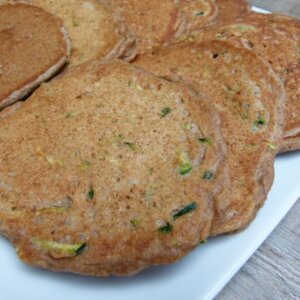
Zucchini Bread Pancakes
Ingredients
- 1 ¾ cups sprouted wheat flour or 2 cups whole wheat pastry white whole wheat or whole spelt flour (or a combo)*
- 1 teaspoon aluminum-free baking powder
- 1 teaspoon aluminum-free baking soda
- 1 teaspoon fine sea salt
- 1 Tablespoon ground cinnamon
- scant ¼ teaspoon ground nutmeg
- 2 cups buttermilk**
- 2 large eggs
- 1 teaspoon pure vanilla extract
- 1 Tablespoon 100% pure maple syrup
- 3 Tablespoons unsalted butter melted
- 2 cups shredded zucchini
- Melted unrefined coconut oil or unsalted butter for brushing the griddle
Instructions
- Preheat a griddle to 400 degrees or medium heat.
- Combine the flour, baking powder, baking soda, salt and spices in a large mixing bowl.
- In a medium bowl or 4-6 cup measuring cup, whisk together the buttermilk, eggs, vanilla, maple syrup and melted butter until well blended. (A blender can do this easily, too.) Fold in shredded zucchini.
- Pour the wet mixture into the dry ingredients and stir until just combined.
- Brush the griddle with coconut oil and spoon about ¼ cup of batter onto the griddle. Add blueberries, chocolate chips, diced banana or chopped walnuts to the surface, if desired. When bubbles start to form on the surface of the pancake and the edges become slightly dry, flip it over and cook until done. Maintain the heat on medium-low or 400 degrees.


